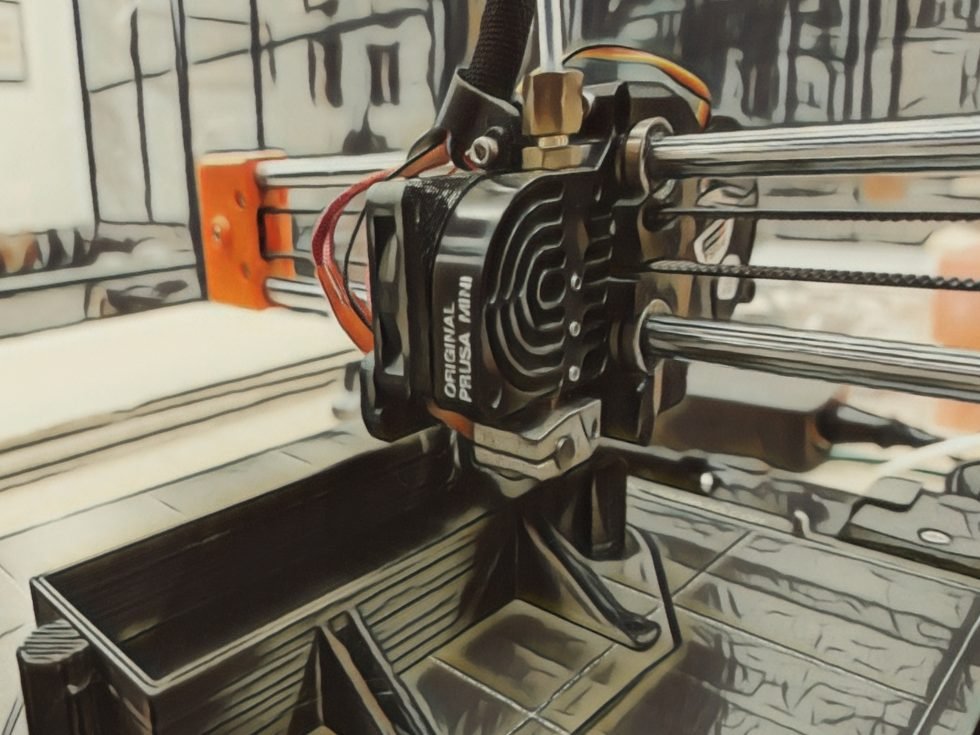PLA vs 3D870: A Comparative Guide to Two Leading 3D Printing Filaments

In the world of FDM (Fused Deposition Modeling) 3D printing, choosing the right filament is essential to achieving high-quality results. At S3 Advanced Engineering, we frequently work with two standout materials: PLA and 3D870. Both filaments offer reliable performance and versatility, but they differ in characteristics that can influence the outcome of your project. This article explores the differences, strengths, and ideal use cases for each material, helping you determine which one best suits your printing needs.
PLA: The Standard for Everyday 3D Printing
PLA (Polylactic Acid) is a biodegradable thermoplastic derived from renewable resources such as corn starch, sugar beet, or wheat. It is widely regarded as the go-to material for beginners and professionals alike due to its ease of use and excellent print quality. One of PLA’s most attractive features is that it does not require a heated bed and seldom warps, even during larger prints. It is also safe to use indoors, as it emits no harmful fumes during printing.
Key Benefits of PLA:
• User-friendly: Ideal for beginners and educational settings
• Temperature resistance: Withstands up to ~60°C
• Biodegradable and non-toxic: Environmentally friendly and safe
• Great surface quality: Smooth finish with sharp details
• Wide availability: Offered in many colors and textures
Despite its strengths, PLA has some limitations. It is not the best choice for parts exposed to high temperatures or mechanical stress, as it tends to soften and degrade under such conditions.
3D870: A High-Performance PLA Alternative
3D870 is a next-generation PLA developed by NatureWorks, designed to bridge the gap between standard PLA and tougher materials like ABS. It retains the ease of printing typical of PLA but adds significantly improved thermal and impact resistance. This makes 3D870 ideal for functional parts that must withstand more demanding environments, such as mechanical components, outdoor tools, or protective cases.
Key Benefits of 3D870:
• Superior heat resistance: Can endure up to ~85°C
• Enhanced impact strength: Up to 50–120% higher than ABS
• Biodegradable: Eco-conscious like standard PLA
• Consistent printability: Easy to use with standard FDM printers
• Good surface finish: Slightly less smooth than PLA but still professional
If your project requires a strong, heat-resistant material but you want to avoid the challenges of ABS (like warping or toxic fumes), 3D870 is an excellent compromise.
Which Filament Should You Choose?
The decision between PLA and 3D870 depends entirely on your specific use case: Choose PLA if you’re working on prototypes, models, decorations, or educational projects that value ease of use and aesthetic finish over durability. Opt for 3D870 when printing functional parts that demand strength and thermal resistance, such as fixtures, enclosures, or outdoor gear.
Other Considerations
Price: PLA is generally more affordable than 3D870, making it a great budget-friendly option for large or simple prints.Availability: PLA is more widely available in a greater variety of colors and finishes, though 3D870 is gaining traction and expanding its offerings.
Final Thoughts
Both PLA and 3D870 are excellent filaments, each with unique advantages. While PLA is perfect for everyday printing and newcomers, 3D870 steps in when performance and durability are non-negotiable. At S3 Advanced Engineering, we recommend testing both materials to discover which fits your workflow best. Need expert advice on which filament to use for your next 3D printing project? 👉 Get in touch with us at S3 Advanced Engineering — we’re here to help you make the right choice.
